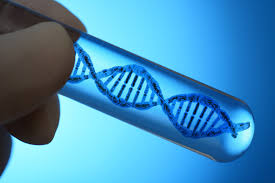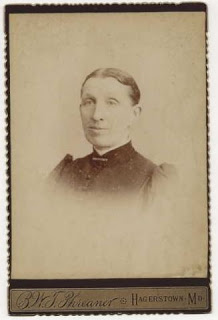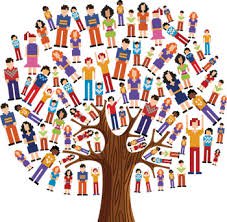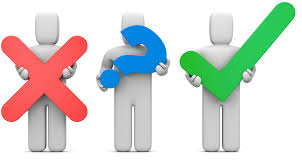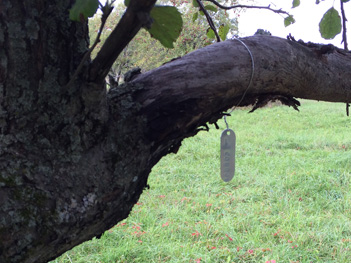
Happy Memorial Weekend! Although I won’t be spending time caring for family members’ graves this weekend because no family member is buried close to where I currently reside, I have memories as a child of going to the grave sites of long dead relatives at this time of year. Grandma Koss would keep a small gardening kit in her car trunk so whenever she passed the cemetery during the warmer months of the year, she could tend to the graves. It contained gardening gloves, small grass clippers, a bakery paper bag to put weeds in, and a small spade to help dig up flowers and replant.
Last weekend I was reminded of a genealogical family mystery. My great grandfather, Josip “Joseph” Kos[s] died in 1919 in the Spanish flu epidemic. He was buried in the old part of Oak Hill Cemetery in Gary, Indiana. His gravestone, in Croatian, was next to a Tony Kos. I asked how we were related to Tony and I never got an answer.
Out of the blue last week, I received an email to my Ancestry account from a possible relative whose father had been orphaned in Pennsylvania in the 1930’s. Since both his parents died when he was young, the family has no stories. His father’s place of birth was in the same general area in Croatia that my Kos’ were from. I had placed him in my tree years ago in the hopes of locating a living relative who might have some knowledge. We’re awaiting DNA results to see if we match.
We all have genealogy mysteries but the most vexing are those that are fairly recent. I don’t know about you, but I tend to jump to a dramatic conclusion – must have been an out of wedlock birth, an against the then norms of society situation or a major disagreement that makes the information remain secret. Never dawned on me it could have been as simple as two early deaths of parents that had moved from the area and family lost touch with the remaining children.
Hopefully, I’ll soon have an answer to how the mysterious Tony was related to me and why the Pennsylvania branch of the family was disconnected. Now if I could just discover someone who knows how the Massachusetts branch lost touch I’d hit the trifecta.



